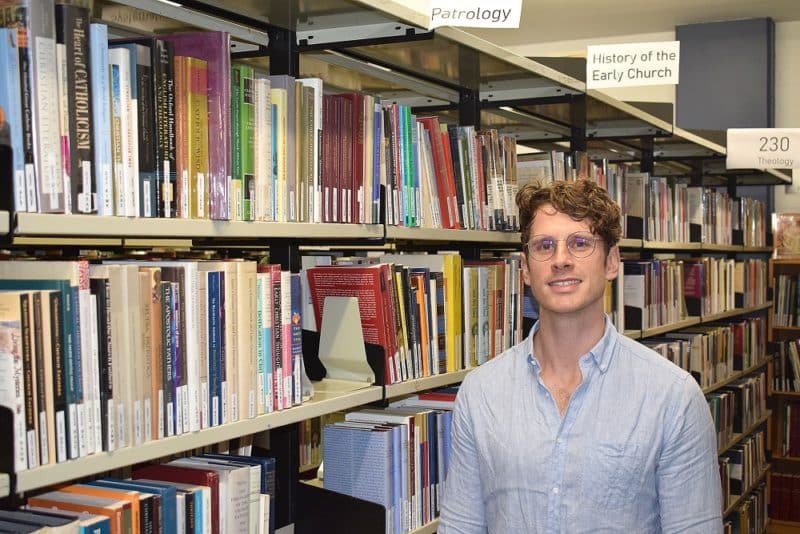The history of the Catholic Church in New Zealand, particularly that of Māori Catholics, is something that seems to be left out many times when people discuss this country’s history. A project is underway to correct this oversight.
A Māori Catholic history book project is being led by University of Auckland lecturer and historian Dr Rowan Light, with the support of former Te Kupenga chief executive Dr Areti Metuamate.
Dr Metuamate left Te Kupenga a few months ago due to family reasons. But he said he will continue to support several of Te Kupenga’s projects, particularly research on Māori Catholic history.
“What I want it to achieve is that . . . every student in every Catholic school knows the names of key Māori Catholic leaders in the history of our country,” Dr Metuamate said.
“We expect Catholic students to know who the Pope is. We expect them to know who their patron saint is, patron saint of the school, who Pompallier was. And for me, it is equally important to know who Bishop Mariu is, know who the first Māori priest was, who the first Māori nun was.”
He said the aim of the project is to capture some of the stories of key Māori Catholic leaders like Hamilton Auxiliary Bishop Max Takuira Matthew Mariu, CNZM, Dame Whina Cooper and Pa Wiremu Te Awhitu, as well as present leaders such as Dame Georgina Kingi, principal of Hato Hohepa, St Joseph’s Māori Girls’ College in Napier.
Dr Light, who has carried out research on the repatriation of Bishop Pompallier’s remains, said he and Dr Metuamate had a series of discussions, and realised that there is a real need for this project.
“I guess you can describe the project as bringing focus to people in our past and in our present who haven’t really been given focus in the public stories of the Church,” he said. “We tend to focus a lot on who are our bishops and priests, but we aren’t very good at talking about, our katekita (catechists).”
Drs Light and Metuamate came up with a list of people to write about, and those they can interview or do research on.
Part of the project will be learning the stories of those who had helped Bishop Pompallier in spreading the faith.
“He (Bishop Pompallier) met a lot of people, and it’s those people he worked alongside that we’re really interested in, the katekita, the early converts and teachers of the faith, which is just part of the Māori society, ordinary men and women. They are really important because we wouldn’t have the faith without them,” he said.
Dr Light said it is a shame that a lot of the names of the katekita have been lost.
“They are often the silent servants of the parishes and communities who aren’t there to promote themselves,” he said. “But it’s important that we recall their names because, otherwise, it’s very hard for the next generation to understand the ways they can participate in the life of the Church. It’s about recognising different vocations and different contributions.”
Dr Light said history is powerful in that “it allows us to see ourselves in the past and see ourselves in the future”.
“We get to think about how people lived out their faith in the community in a way that enriches culture. In this case, a particular question we’re interested in is: how do Māori understand their faith? What does it mean to be Māori and Catholic?” he said.
Dr Light said it is important for Catholics to tell their own story.
“In our wider culture, if Catholics don’t tell the story, then nobody will because there are so many stories to tell,” he said.

Reader Interactions